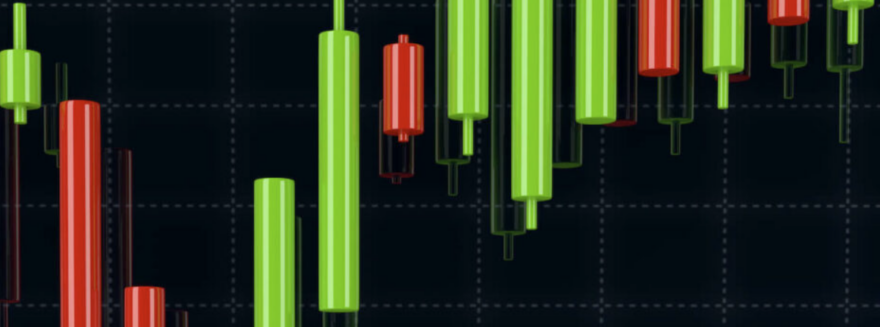What Are The Different Kinds Of Doji Patterns?
Peter Donnell / 2 years ago

A Doji candle, sometimes called the Doji star, usually appears in the crypto or financial market charts when the difference between the market’s open and close process is minor. Doji candlestick pattern signifies the irresolution that arises among the bulls and bears in the crypto market.
There are different types of Doji patterns; we shall take a look at these different Doji patterns separately. But before that, let’s first understand what exactly a Doji pattern is.
What is a Doji pattern, and how is it formed?
A doji pattern makes its appearance when the open and close prices are almost on the same level, but the shadow appears relatively long. When explained in detail, a Doji candlestick pattern forms when the market opens, and the price is driven uphill by bullish traders. At the same time, the drops down when the bearish traders tend to refuse the higher price. The price difference can be determined by observing the Doji candle, which is an easy process as the top wick symbolizes the highest price while the lowest wick represents the lowest price. Finally, when the asset’s open and close prices are roughly at the equal level, a cross shape is formed.
Generally speaking, a Doji candlestick pattern is formed due to strong resistance, which is when the market opens and the bulls shove the price up or vice versa. At some point, it will be subjected to extreme resistance and move in the opposite direction; the same level of opposition is observed. Finally, it closes somewhat near where it opened, which hints at a moment of indecision. A Doji pattern doesn’t always mean a reversal or continuation. Instead, it can act as an indicator when the existing trend loses its momentum.
What are the different types of Doji patterns?
Depending on the length of shadows and position, several types of Doji candlestick patterns are available. Here is a list of the six most popular Doji patterns.
Neutral Doji
The neutral Doji pattern, when viewed, has a partly transparent body placed in the exact centre which means the upper and lower shadows are of identical length. This pattern takes shape when both the bullish and bearish sentiments are stabilized. Even though the majority of traders use these patterns as an indicator of continuation, reversal is often observed. Therefore, when the neutral Doji pattern shows up following a solid bullish candle, traders assume it as a buy signal.
Long-legged Doji
Long-legged Doji has longer shadows hence the name. This pattern indicated that both buyers and sellers tried their level best to dominate the price eventually, but there was no winner. When traders find these signals, the closing price concerning the candle’s center must be closely observed. When the price drops below the middle point, it indicates bearish, whereas when it closes above the mid-point, it forms a bullish pin bar indicating a buy signal.
Dragonfly Doji
The Dragonfly Doji pattern lacks an upper shadow but has a long lower shadow. The overall appearance of this pattern is a “T” shape which means that the open, close and high are at the same level. If a dragonfly pattern appears at the lower position of the downtrend, it can be regarded as an indicator for purchase. When this pattern shows up close to the resistance level, this signals a reversal pattern, and the traders can exit their positions.
Gravestone Doji
Gravestone Doji pattern is the opposite of the dragonfly pattern; hence we get an inverted “t” shaped candle. This pattern indicates that the price is pushed up by the bulls but fails to retain the bullish momentum. A gravestone Doji pattern appears during an uptrend, signalling a reversal pattern.
Price Doji
The 4 Price Doji is a pattern different from others and is rarely formed. These patterns are observed during low-volume trading or on insignificant timeframes. The pattern is a small single horizontal line [similar to the symbol of hyphen] showing that every price indicator, the high, low, open, and close, were at an equal level in a given instant. This is not considered a reliable Doji pattern and can be ignored.
Double Doji Strategy
so far, we have only heard of a single Doji which indicates irresolution in the market. However, two Doji can give rise to a more complex pattern resulting in a strong breakout.
Final thoughts
Considering what has been discussed above, the Doji pattern does a great job in detecting the lack of resolution among bulls and bears, which provides you with information about open positions and great opportunities. But you should not rely on the Doji candlestick pattern for informed decision-making regarding buy and selling. This is best suited for professional crypto traders as they are expertise in spotting and interpreting the relevant signals.



















